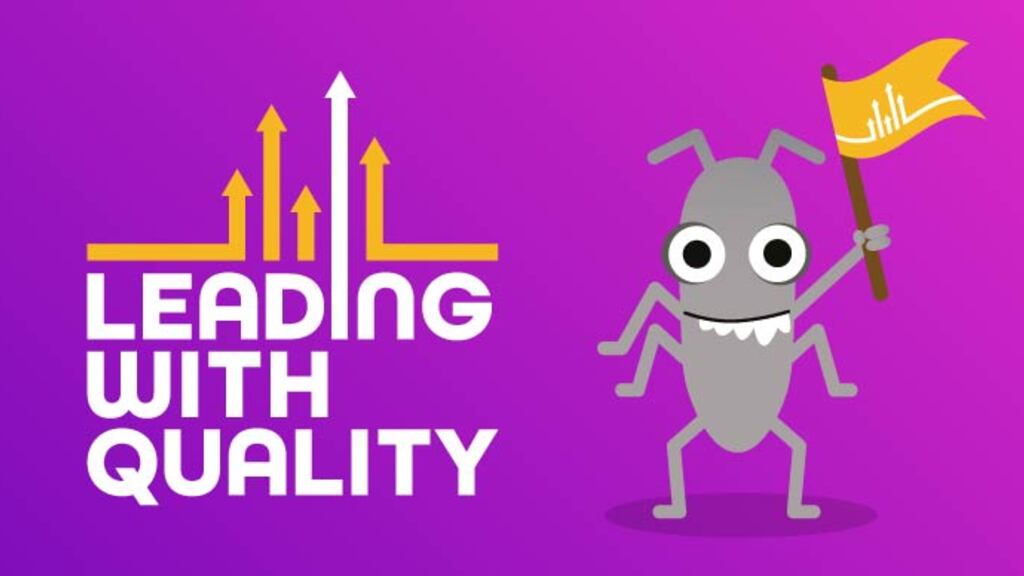What is decision table testing?
Decision table testing is a structured technique that maps input conditions to expected outputs in table format. Testers use it to verify complex business logic, particularly when multiple variables affect system behavior. The table visually organizes all possible combinations, making it ideal for testing rule-based systems.
Do you have any examples of decision table testing?
In an e-commerce checkout system, decision table testing verifies discount application:
Member | Cart Value | Promo Code | Expected Discount Yes | >$100 | Valid | 25% Yes | >$100 | Invalid | 15% Yes | <$100 | Valid | 20% Yes | <$100 | Invalid | 10% No | >$100 | Valid | 15% No | >$100 | Invalid | 5% No | <$100 | Valid | 10% No | <$100 | Invalid | 0%
A requirements traceability matrix links requirements to test c
Testers execute each scenario to confirm the correct discount appears at checkout.
Why is decision table testing important?
Decision table testing prevents logical gaps in test coverage by forcing systematic consideration of all condition combinations. It catches edge cases that might be overlooked in less structured approaches. When a developer changes business rules, the table immediately shows which scenarios need retesting.
What are the challenges of decision table testing?
The biggest challenge is exponential growth - each new condition doubles your test cases (known as "combinatorial explosion"). A system with 10 binary conditions theoretically needs 1,024 test cases!
Practical approaches include equivalence partitioning to reduce redundant tests and boundary testing to focus on risky transitions. Automation becomes essential as table complexity increases, particularly for regression testing.





